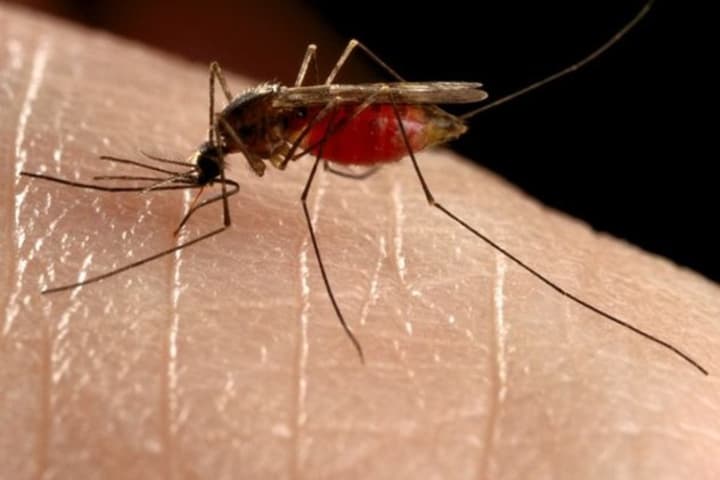The county will start its West Nile Virus prevention efforts on Monday, May 13, by checking catch basins throughout the county for standing water and applying larvicide as needed.
Large areas of standing water on public property that cannot easily be removed should be reported to the Health Department by calling (914) 813-5000.
Health department larviciding teams will begin in the northern part of the county and work their way south, evaluating and treating as needed all catch basins on county and municipal roads throughout the county over the next few months.
“Through the combined efforts of residents and county government, we can successfully curb the mosquito population and keep cases of West Nile Virus to a minimum,” said Sherlita Amler, MD, commissioner of health.
“We must all do our part to keep mosquitoes that carry West Nile Virus from breeding in Westchester. Please survey your property routinely and empty standing water from any discarded tires, unchlorinated swimming pools, outdoor pottery, pails, birdbaths or other containers throughout the spring and summer.”
The health department will sample the water from outfall points along the Hudson River and the Long Island Sound, checking for the presence of methoprene, the active ingredient in the briquettes that prevents mosquito larvae from developing.
Health department staffers will resample the same outfall points throughout the larviciding season.
Street catch basins, with their ability to contain stagnant water and organic debris, have been documented as ideal breeding environments for mosquitoes – particularly the types of mosquitoes that spread West Nile virus.
Residents will know a catch basin has been treated by the bright orange dot spray-painted on the pavement near the catch basin. Two orange dots will indicate that the catch basin has been evaluated, but does not need treatment because it is not holding water. Westchester County has been safely applying the same larvicide since 2001 to suppress the mosquito population.
Mosquitoes capable of carrying West Nile Virus lay their eggs in stagnant water. To prevent mosquito breeding sites near your home, the Westchester County Department of Health recommends the following:
- Remove unneeded tires, cans, buckets, drums, wheelbarrows and bottles from outdoor property.
- Cover trash containers to keep rain out.
- Turn over plastic wading pools and wheelbarrows when not in use.
- Clean roof gutters and remove standing water from flat roofs.
- Remove standing water from basements.
- Place a couple of capfuls of household bleach in a basement sump-pump pit if it has standing water.
- Keep drains, culverts and streams clean of weeds and trash so that water can drain properly.
- Make sure stored boat covers are completely drained and store small boats upside down.
- Drain water in birdbaths, plant pots and drip trays twice a week.
- Trim shrubs to eliminate hiding places for adult mosquitoes.
- Clean and chlorinate swimming pools, outdoor spas and hot tubs. Be sure rainwater does not collect on their covers and disinfect them with bleach to kill mosquito larvae and eggs.
- Fill in hollow tree stumps and rot holes that hold water with sand or concrete.
- Drill holes in the bottoms of recycling containers that are kept outdoors.
For more information about larviciding and West Nile Virus, go to www.westchestergov.com/health.
Click here to follow Daily Voice Chappaqua and receive free news updates.


